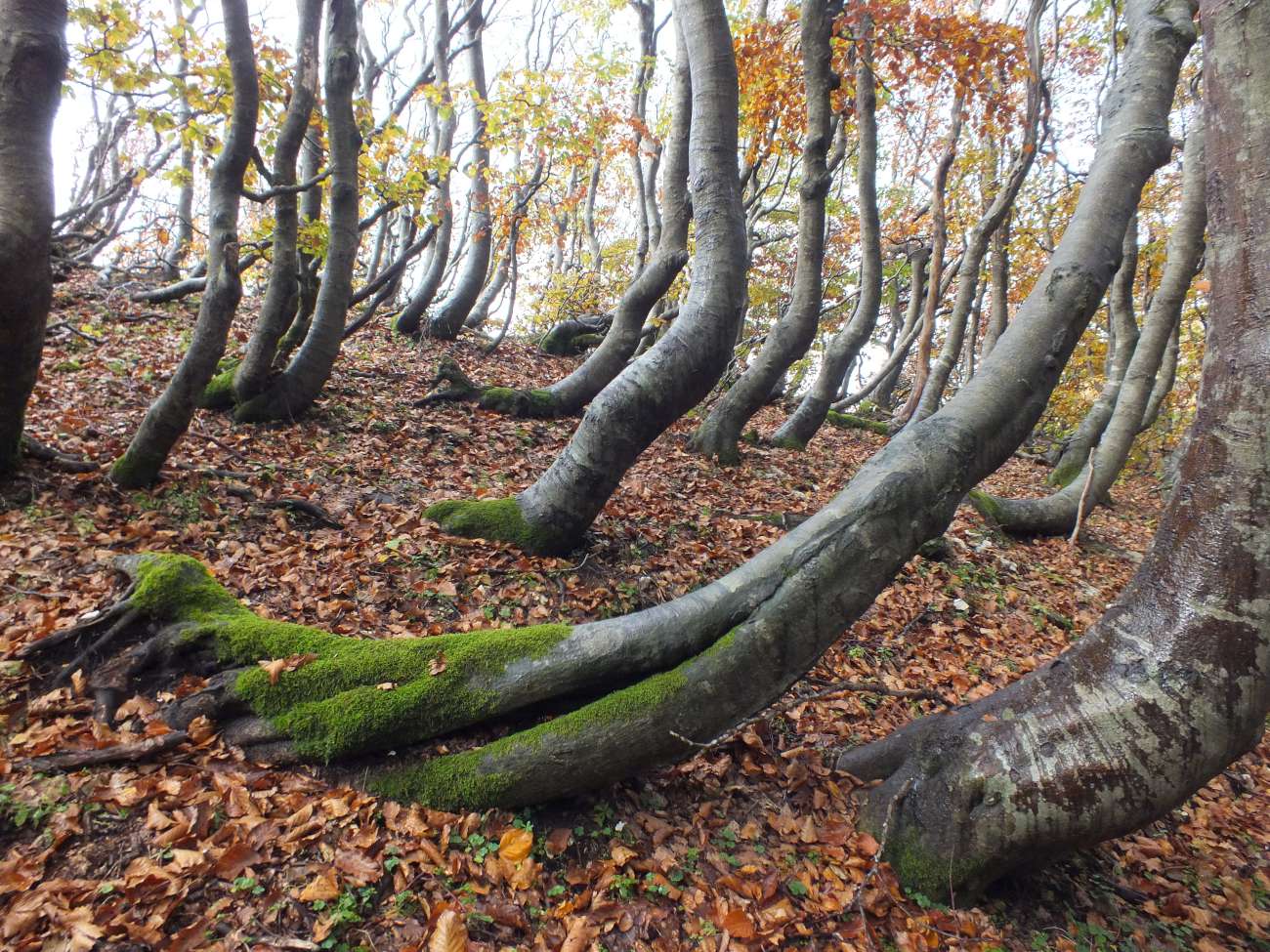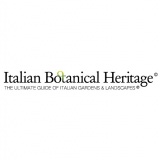
 Italian Botanical Heritage
Italian Botanical Heritage
Italian gardens and parks: Guardiaregia-Campochiaro Wildlife Park
- WTI Magazine #178 Aug 18, 2024
-

 Italian Botanical Heritage
Italian Botanical Heritage
The Regional Oasis Guardiaregia-Campochiaro Wildlife Park is located entirely in the municipalities of Guardiaregia and Campochiaro in the province of Campobasso, in the Molise side of the Matese. The protected area covers 3135 hectares of land, making it one of the larger areas among those run by the WWF in Italy.
It is characterized by the presence of three particular natural environments: the gorges of Quirino torrent with the waterfall of St. Nicholas, the Monte Mutria and karst mountain of Campochiaro.
The gorges of Quirino torrent, located close to the town of Guardiaregia, form a narrow, deep incision between the town and the surrounding hills with a length of about 4 km (2,485 miles), from 800 meters (2,624 ft) above sea level of Arcichiaro down to about 600 meters (1,698 ft) above sea level of the church of Santa Maria ad Nives. Near Guardiaregia, the canyon of the river Quirino receives the Vallone Grande torrent through the spectacular waterfall of St. Nicholas. The waterfall, reaching a total height of about 100 meters (328 ft), has a seasonal regime and has no water during the months of July and August.
The Monte Mutria, the highest peak of the Reserve (1823 meters, aka 5,980 ft, above sea level), is presented as a long rump of about 7 km (4,350 miles), whose northern side is completely covered by a thick beech forest.
The Mountain of Campochiaro has a less tormented orography; without high peaks, culminating at Soglietta degli Abeti, at an altitude of 1,634 meters (5,360 ft) above sea level, protected by a continuous tree cover spaced from the plateau areas of Chianetta, Valle Uma, Piscina Cul di Bove e di Piana Marianella. It includes the spectacular phenomena of the underground caves of Pozzo della Neve (-1048 meters, aka -3,438 ft) and Cul di Bove (-913 meters, aka -2,995 ft) which, for depth and extent, are among the most impressive depths in Italy.
The flora
In the WWF Regional Oasis Guardiaregia-Campochiaro Wildlife Park we can find two priority habitats (ie at greater risk of extinction): the forests of Tilio-Acerion in the gorges of Quirino torrent and the beech forests with Taxus baccata and Ilex aquifolium in Monte Mutria and in the Campochiaro Mountain.
In the gorges of Quirino torrent the vegetation includes two very interesting species: holm oak (Quercus ilex), one of the rare locations in Matese, and the strawberry tree (Arbutus unedo), typical shrub of the Mediterranean, in the only reported site on the eastern side of the Matese Massif.
The slopes of Mutria, as well as the Campochiaro Mountain, are the kingdom of the beech (Fagus sylvatica) that forms high spectacular forests. At Tre Frati there are some impressive examples of estimated age of about 500 years. At lower elevations, and also on the slopes exposed to South-South West, other plant formations can be found such as hornbeam (Ostrya carpinifolia), turkey oak (Quercus cerris), flowering ash (Fraxinus ornus), maple Lobelius ( Acer cappadocicum lobelii), laburnum (Laburnum Anagyroides) and dogwood (Cornus mas, Cornus sanguinea).
The meadows of Monte Mutria, especially in spring, are loaded with very spectacular blooms: crocuses, carnations and above all, the Soldanella alpine, the Androsace villosa and the Primula atrial appendage.
Moreover, in various parts of the oasis you can observe other major blooms, including those of King Solomon's seal (Polygonatum multiflorum), Saint John’s lily (Lilium bulbiferum), Aquilegia vulgaris, the Apennines anemone (Anemone Apennine), Hepatica nobilis, Atropa belladonna and 38 species of wild orchids.
The fauna
The wolf is the lord of the protected area; it is seen mainly along forest trails to the lower elevations of Mount Mutria. Among other mammals there are wild cat, badger, squirrel, wild boar and deer.
Given the abundance of water for much of the year, the amphibians are an essential presence of the Oasis and there’s a very interesting observation of a rare Italian endemic as the spectacled salamander, the symbol of the Reserve, that was recently reclassified as separate subspecies and called northern spectacled salamander. In the undergrowth of the beech forest, it is not difficult to come across the great salamander and in spring, either on the Rio Vivo torrent and on the San Nicola one, the dalmatina frog can be seen. Among the reptiles we remind the grass snake and the red eyes Aesculapian.
Among the birds of prey, a separate chapter deserves the important sighting of the golden eagle in flight several times on the beech woods, looking for new ranges of predation, but the observation of the rare Lanner in the area of the gorges of Quirino torrent is also very important. There are also the peregrine falcon, the honey buzzard, red kites and buzzards. Among other birds we report on the ridges of Mutria the alpine chough and, on the whole area, the raven, the great spotted woodpecker, the green woodpecker and the nuthatch; on the cold waters of the San Nicola and Rio Vivo torrents we also can identify the characteristic dipper.
In the protected area, about 340 species of butterflies between night and day have been recorded and, among other insects, the rare and beautiful alpine Rosalia.